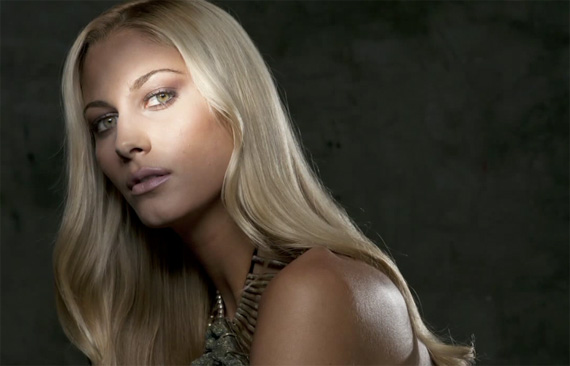As important as lighting is to a photograph, it’s an integral part of a photographer’s job to understand it. Using a light meter to gauge exposure settings can drastically improve your work. Since most in-camera meters monitor the overall lighting situation, a hand held meter allows you to meter the subject, the background, and ambient light all individually as Matthew Jordan Smith explains in the following video:
Smith uses a Sekonic L-758C Dualmaster, a high end meter with all the bells and whistles. If a Dualmaster isn’t in your budget, even using a less expensive model can drastically improve your photographs. Here are some other useful tips from Smith:
- When using multiple studio lights, they will never be the same. Use your light meter to figure out their ratios. This will determine which setting you need for each individual light.
- When shooting outdoors, always start by metering the sun and meter any other light sources afterward. Since you won’t have the same control over the sun as you will, say, a speedlight, it only makes sense to meter your additional lighting based off the sun’s output.
- If you find yourself doing portraits or beauty shots, take multiple readings across the model’s face. This will give you ultimate control over what parts are lit and which are shaded. The photo below is a perfect example.

When to Use Light Meters
While most modern cameras come equipped with a built-in light meter, some photographers opt to upgrade to a handheld version for more precise readings.
Like This Article?
Don't Miss The Next One!
Join over 100,000 photographers of all experience levels who receive our free photography tips and articles to stay current:





Nicely done!
Hm, I now understand WHY i need to use a light meter, but I don’t think this really explains HOW. What does it mean that one light is at f8 and another at f11? Do I try and match the one at f11 with the one at f8? Thanks for this article though, I will go out and pick up a light meter and play around with it
Hi Matthew,
Like your lighting style. Would like to see more of your work on video. Well done.
Alan Samuel